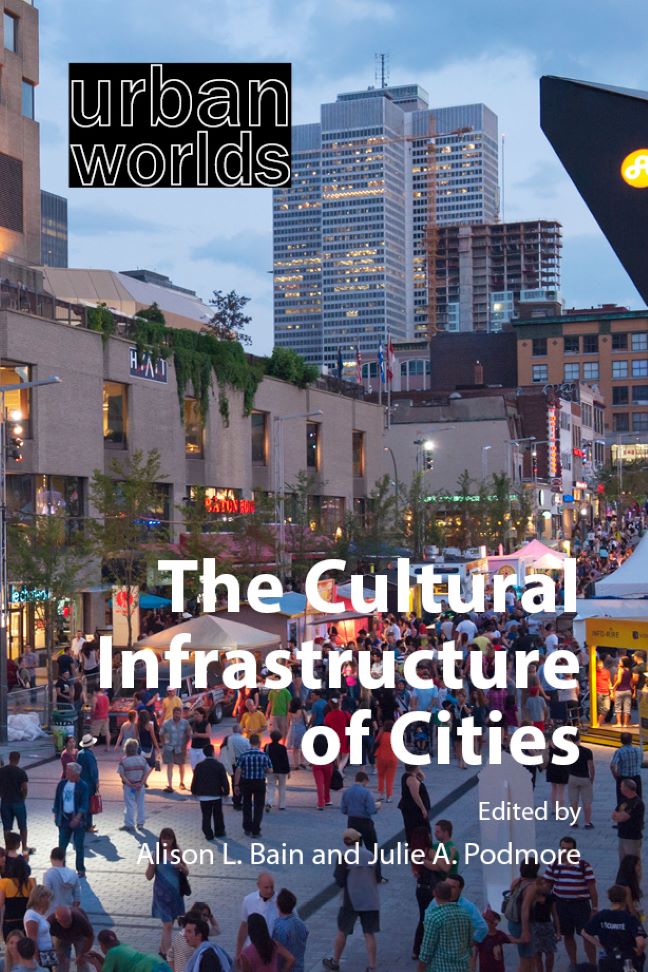14 - Becoming socio-cultural infrastructure: librarizing practices in public libraries
Published online by Cambridge University Press: 23 January 2024
Summary
INTRODUCTION
Over the past decade, research on the role of infrastructure in societal transformation has blossomed, labelled as the “infrastructural turn” in social sciences (Amin 2014). Increasingly, the focus is not limited to large technical systems that facilitate resource and energy flows such as (rail) roads, ports and power lines, but also encompasses cultural institutions such as public libraries and museums. Libraries are long-acknowledged places for information provision and knowledge transmission, but they increasingly also function as important socio-cultural infrastructure that contributes to the everyday life of cities (Klinenberg 2018; Latham & Layton 2019). Arguably, this transition of libraries from information to socio-cultural infrastructure is generative to society, but it is also what is necessary for libraries as a public institution to avoid extinction (Van Melik & Merry 2021). Shrinking subsidies, changing demographics, decreasing membership and the rise of digital technologies force libraries to reinvent themselves: as community centres, innovation labs and makerspaces.
This transition has changed the “hardware” of libraries, which now offer fewer physical books and more mobile usages of library space. A library's furniture needs to be flexible to allow for rapid spatial reorganization to accommodate a wide range of non-book-based services, including art classes, homework, social service assistance, language instruction, crafts and yoga classes. But more fundamentally, this transition also requires a change in libraries’ “software”, reframing the librarian's role from “information experts to community advocates, teachers, and as match-makers for people to meet one another and new ideas” (Barniskis 2016: 114). Community librarian courses are organized to equip staff for these new duties, like arranging lunch meetings for elderly patrons. Turning the library into socio-cultural infrastructure not only requires staff to increasingly perform “emotional labour” (Julien & Genuis 2009), but also to demonstrate and legitimize the library's social values beyond its role as information provider (Van Melik & Merry 2021).
To understand the practices behind these transformations, this chapter focuses on how the library as socio-cultural infrastructure comes into being through (in)formal practices.
- Type
- Chapter
- Information
- The Cultural Infrastructure of Cities , pp. 219 - 228Publisher: Agenda PublishingPrint publication year: 2023

